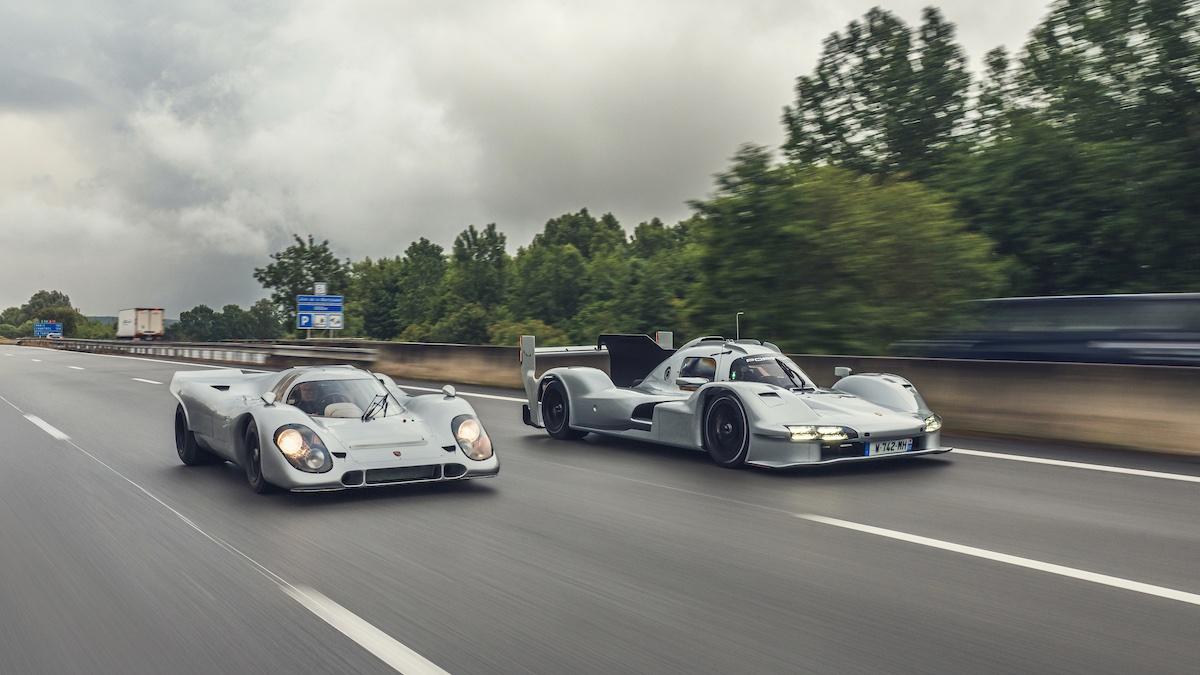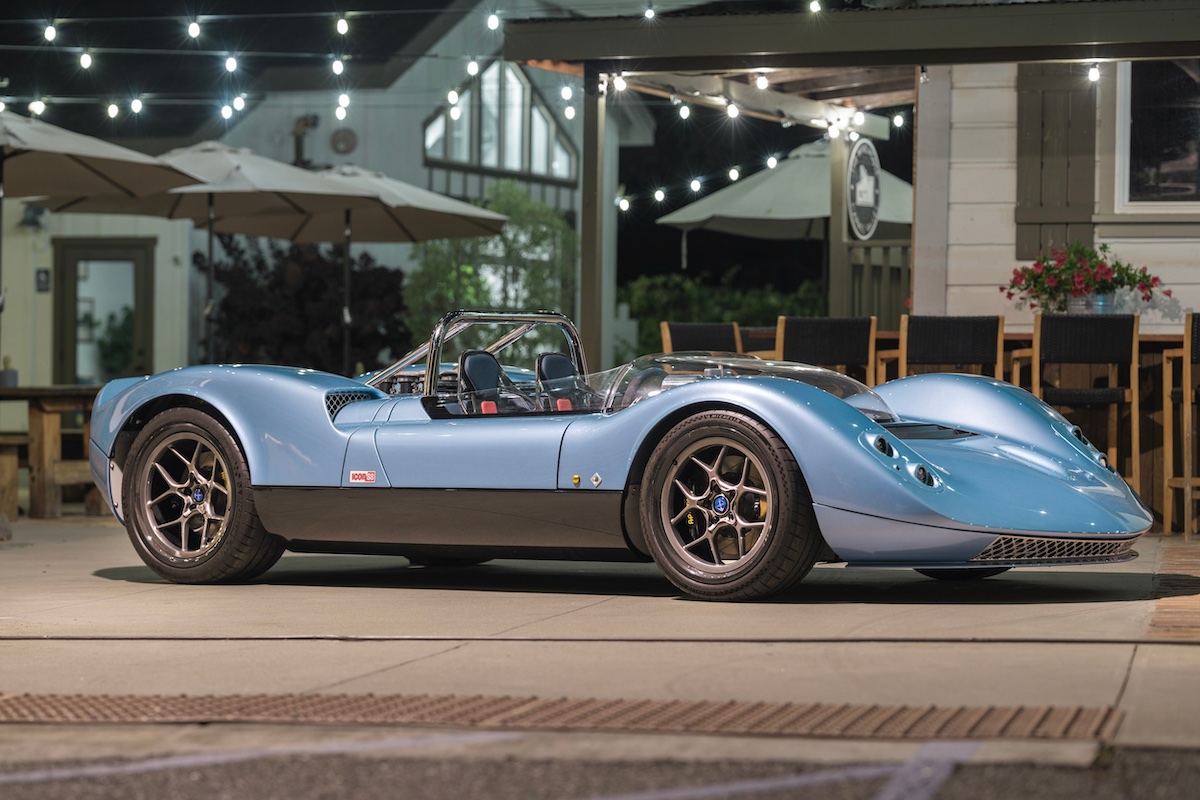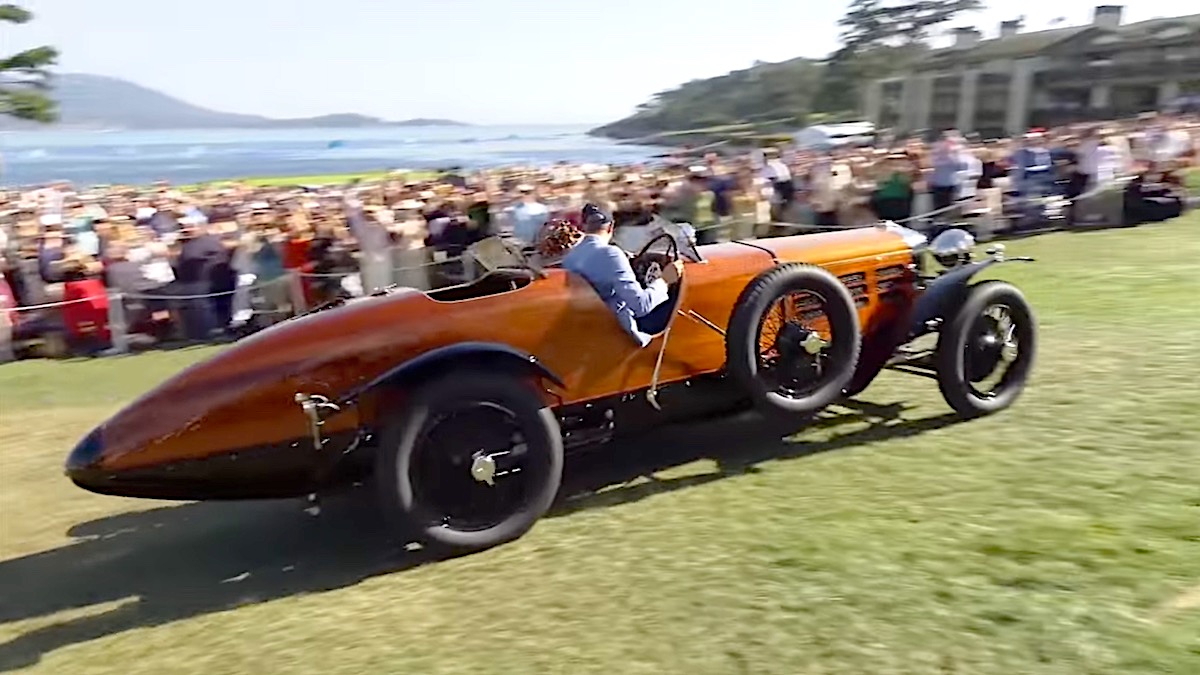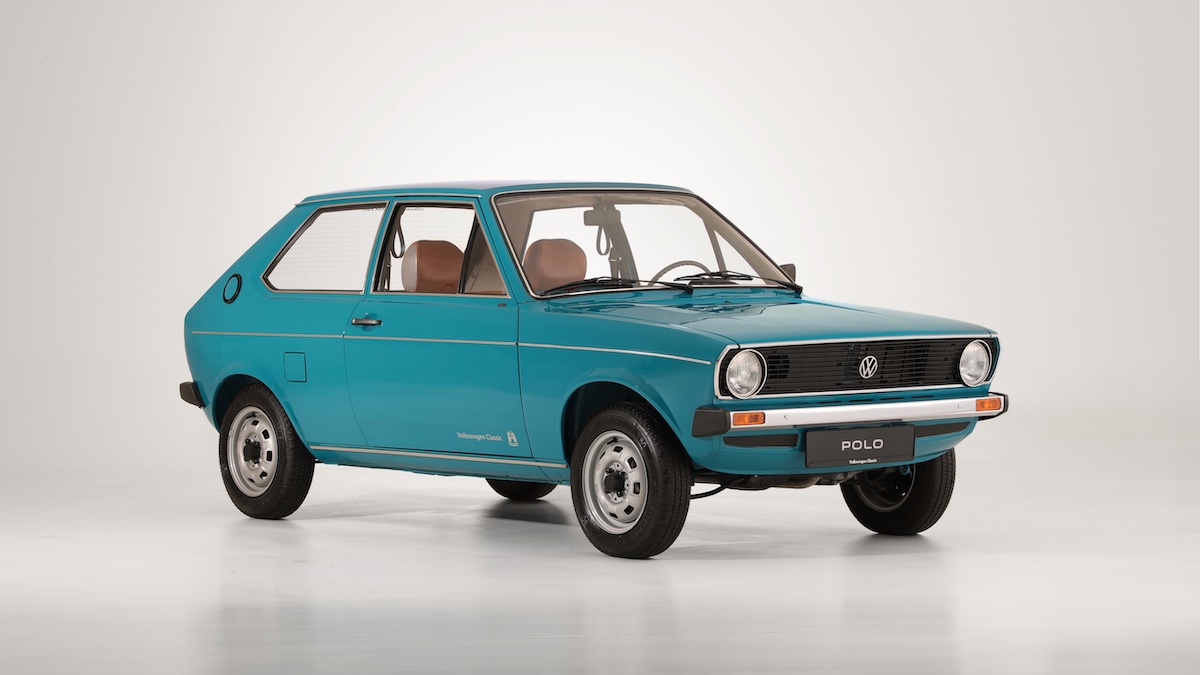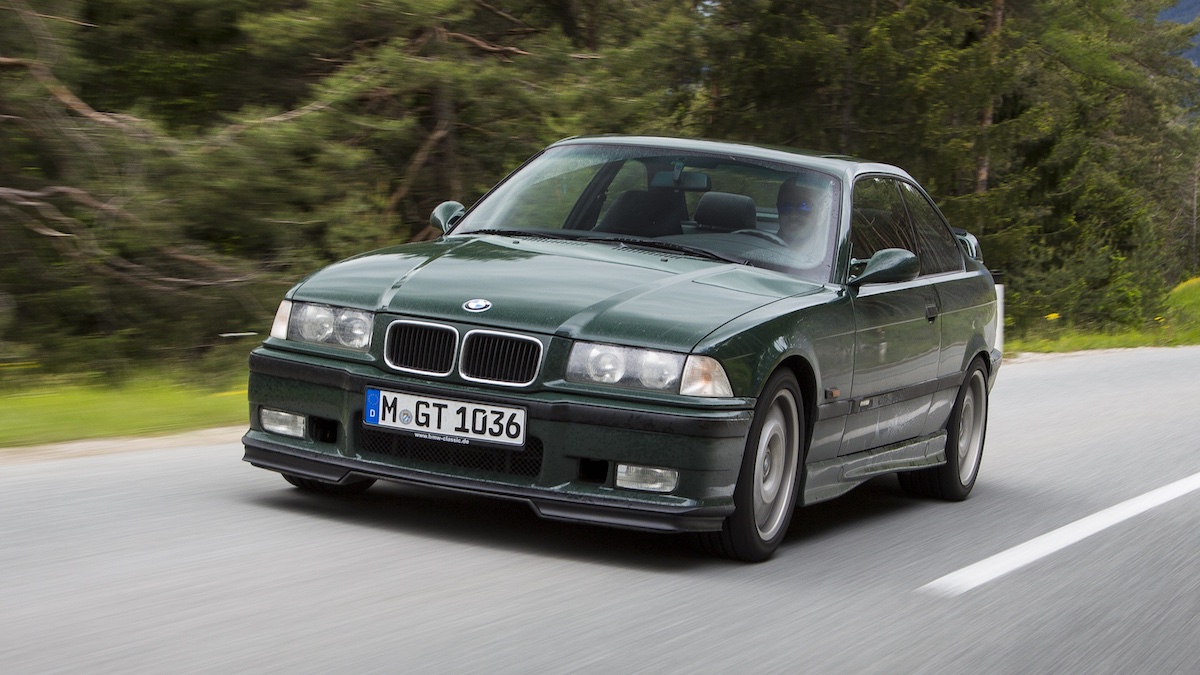50 years ago, a small team at Porsche made one owner’s crazy dream come true by building a one-off road legal version of the 917 endurance race car. Now, the Stuttgart-based brand has done the same with its modern day equivalent, the 963 Le Mans Hypercar prototype racer.
Dubbed the 963 RSP in honour of Roger Searle Penske – founder of Penske Corporation and owner of the Team Penske racing team, the Indianapolis Motor Speedway, and the IndyCar series – and closely following the design of the lone road-going 917, just the sole one-off example you see here is set to be created.
The first 963 to be painted, which presented a challenge given its carbon fibre and Kevlar bodywork is normally only clad in vinyl wrap, it features the same paint-to-sample Martini Silver as the ‘Count Rossi’ 917 it draws inspiration from, with the overall silver and black exterior colour pallete keeping it as close as possible to the original car. Likewise, the interior features a a tan leather and Alcantara mix to stick with the original’s theme.
To keep the 963 aligned with the form of the 917, several exterior bodywork changes were made to the 963 RSP including the creation of unique fender vents and now-removable carbon fibre blanking plates that sit within the rear wing, which are a requirement on the racing version. An enamel Porsche badge was also added to the nose of the car, which is another small detail shared with the 917.

Additionally, 1970s-era Michelin logos for the tire walls, and rain-spec 18-inch tires over forged OZ racing wheels were also fitted to the exterior, while mounting points for front and rear license plates were added ahead of the car being driven on public roads to mark the 50th anniversary of the first street drive of the 917.
Under the skin, it features a 507kW (680hp) 4.6-litre twin-turbocharged V8, which is paired with a hybrid-electric system supplied by Bosch and Williams Advanced Engineering. This engine has its origins in the RS Spyder race program which saw Penske dominate the American Le Mans Series’ LMP2 class from 2006-08.
Originally a 3.4-litre engine in its racing days, it was first enlarged to its current 4.6-litre size for the 2013 Porsche 918 Spyder, with around 80 percent of the 963 RSP’s engine components shared with it. In this application, though, it’s backed by an Xtrac seven-speed sequential gearbox.
While capable of being driven on the road under special circumstances in accordance with local requirements, the 963 RSP is not a homologated addition to the Porsche model line-up and is simply intended to remain a very special one-off.

Where did the idea for the Porsche 963 RSP come from?
1975’s ‘Count Rossi’ 917 was created at the request of Italian businessman Gregorio Rossi di Montelera, who wished to take it on a road trip from Weissach to Paris.
Taking inspiration from this, today’s 963 RSP was the brainchild of a team from Porsche AG, Porsche Penske Motorsport and Porsche Cars North America in partnership with Roger Penske himself, hence the name this time around.
The 963 RSP concept originated during a trackside meeting between Porsche Cars North America president and CEO Timo Resch, Porsche Motorsport vice president Thomas Laudenbach, and Road Atlanta’s director LMDh factory racing Urs Kuratle.
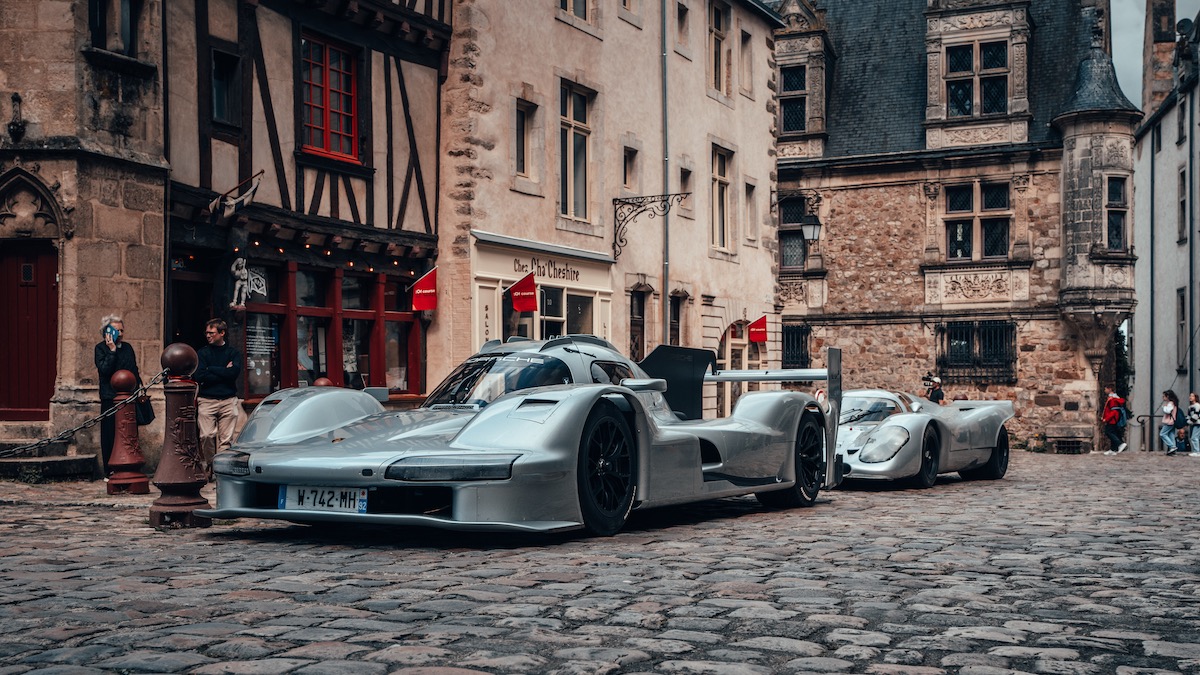
Inspired by the 917 and imagining how to repeat the same feat with today’s 963, the small group took the basic premise of the project to Roger Penske and Porsche Penske Motorsport managing director Jonathan Diuguid. The two encouraged and developed the idea further, with Penske nominated as the customer for the car which would be named in his honor.
“This really started out as a ‘what if?’ – a passion project by a small team of enthusiasts at Penske and at Porsche who together imagined a version of the 963 that really resembled as closely as possible the spirit and appearance of the ‘Count Rossi’ 917,” says Resch.
“The 917 from the story was every inch a race car – albeit one driven on the road – and we took the same approach with the 963 RSP. It uses beautiful materials of the best quality available, but is still every bit a race car underneath.”

